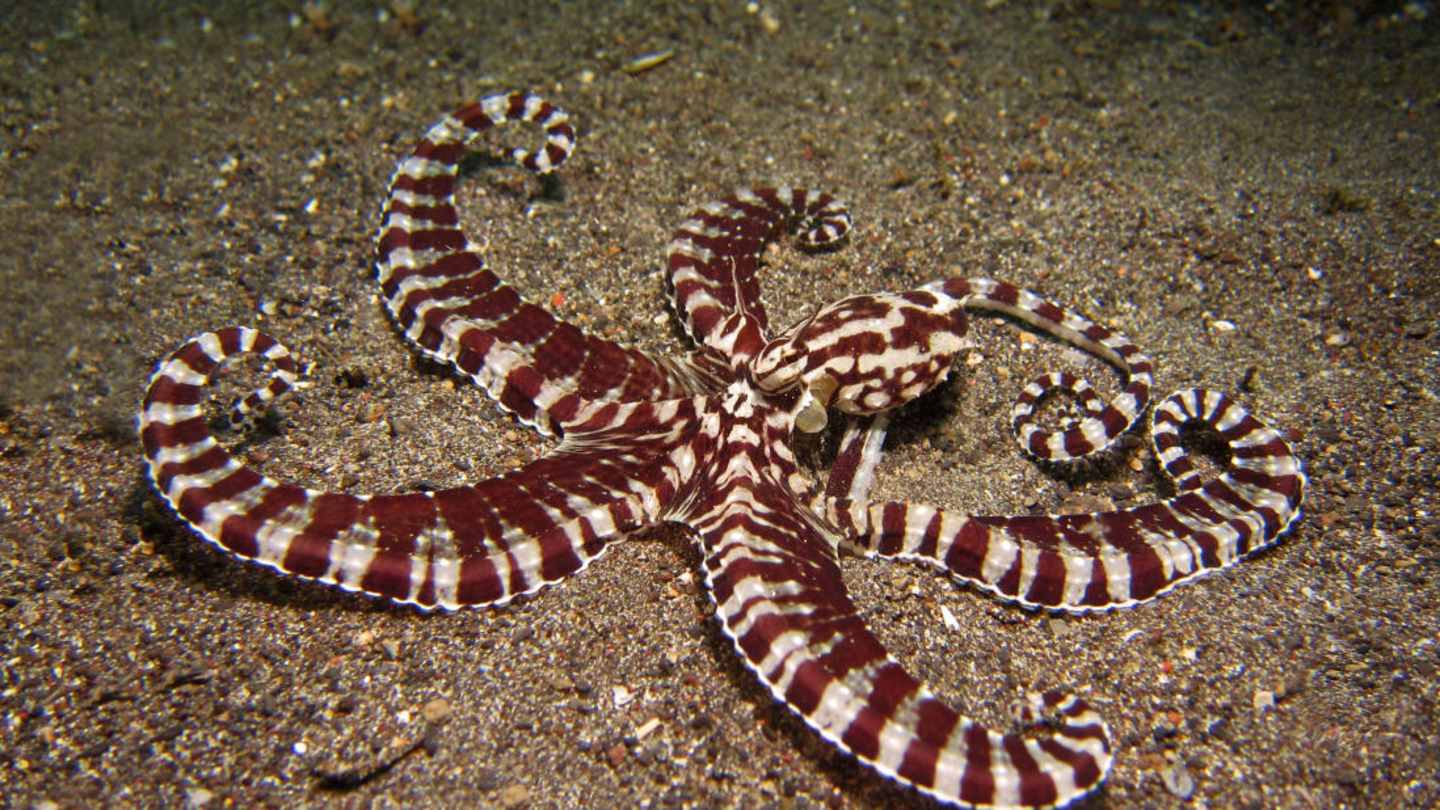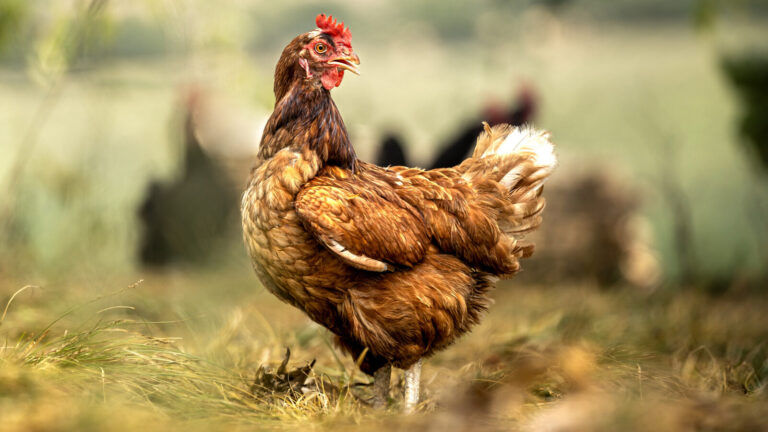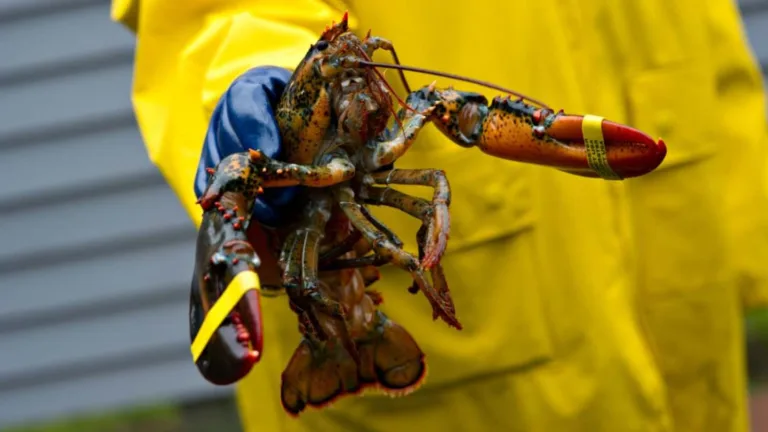The ocean depths are a realm of endless wonder, teeming with creatures both familiar and bizarre. Among the most captivating inhabitants of this underwater world are octopuses, intelligent invertebrates renowned for their problem-solving abilities and remarkable camouflage skills.
But did you know that some octopus species are truly exceptional, pushing the boundaries of weirdness and Captivating Our imaginations? From masters of disguise to self-Sacrificing Parents, these cephalopods boast a range of extraordinary adaptations that make them stand out in the vibrant tapestry of Marine Life. Prepare to dive into the world of the Weirdest Octopus species, where each encounter promises to be a fascinating journey into the depths of evolution’s creativity.
Get ready to meet seven unique and fascinating cephalopods that will leave you questioning everything you thought you Knew About These Incredible Creatures.
Blanket Octopus: The Gown of Defense
Meet the Blanket Octopus, a creature that truly lives up To Its Name. This ethereal cephalopod sports eight long, Webbed Arms that resemble a flowing gown, giving it an otherworldly appearance as it drifts through the water. But this elegant attire serves more Than Just Aesthetic Purposes; it’s a powerful defense mechanism. When threatened, the Blanket Octopus dramatically expands its Webbed Arms, appearing much larger and more intimidating To Potential Predators.
Adding another layer of intrigue to this remarkable octopus is its ability To Detach Its Arms. Imagine losing a limb as a self-defense tactic! If attacked, The Blanket Octopus can voluntarily sever an arm, distracting the predator while it makes a swift escape. These detached appendages continue to twitch and writhe, further confusing the attacker. But there’s more – The Blanket Octopus has been observed incorporating captured Portuguese Man O’ War tentacles into its webbed arms, effectively turning these venomous stinging appendages Into Deadly Weapons.
 Squirrel Migration: 1968 Great Squirrel Exodus Explained
Squirrel Migration: 1968 Great Squirrel Exodus ExplainedGhost Octopus: A Mother’s Sacrifice
The Ghost Octopus, a creature as ethereal and elusive As Its Name Suggests, resides in the shadowy depths off the coast of Hawaii. This recently discovered octopus species is shrouded in mystery, with much still unknown about its Life Cycle. However, one thing is clear: their parenting strategies are truly remarkable, bordering on the extraordinary.
Imagine dedicating your entire being to ensuring the survival of your offspring. That’s precisely what The Ghost Octopus does. After laying her eggs, this devoted mother remains steadfastly attached to them for years, patiently guarding and tending to them Until They Hatch. This unwavering commitment comes at a Steep Cost, as she effectively sacrifices herself in the process. The Ghost Octopus slowly fades away, her energy consumed by the tireless task of nurturing her young. It’s a poignant reminder of the lengths some creatures go to ensure the continuation of their species.
Mimic Octopus: Master of Disguise
Step into the world of illusion and wonder with The Mimic Octopus, a true master of disguise. This cephalopod is nature’s ultimate shape-shifter, capable of mimicking an astonishing array of creatures found in its environment. Using its incredible ability to change color, texture, and even body shape, it transforms itself into a convincing replica of venomous sea snakes, lionfish, Banded Soles, and even flatfish!
Imagine being able to blend seamlessly Into Your Surroundings, becoming practically invisible to predators and Unsuspecting Prey. That’s the power of camouflage at Its Finest, and the Mimic Octopus demonstrates this skill with breathtaking precision. By mimicking these dangerous creatures, It Deters Potential Attackers, relying on deception rather than brute force for survival. It’s a testament to the incredible ingenuity and adaptability that evolution has Bestowed Upon Certain Species.
Small Wonders: Star-Sucker Pygmy Octopus and Dumbo Octopus
Take a closer look at two of the ocean’s smallest and most endearing inhabitants: the Star-Sucker Pygmy Octopus and The Dumbo Octopus. The Star-Sucker Pygmy Octopus holds the title of the tiniest known octopus species, measuring under an inch in length. Imagine a creature so small that it could easily fit on the tip of your finger! Despite its diminutive size, this octopus is a master of camouflage, blending seamlessly into its surroundings with intricate patterns and color changes.
Meanwhile, the Dumbo Octopus earns its whimsical Name From Its ear-like fins that resemble those of Disney’S Beloved Elephant Character. These adorable creatures are known for their umbrella-like arms connected by a web, allowing them to gracefully glide through the water. They inhabit the deep sea, Where They Use Bioluminescence – the ability to produce light – to communicate and attract prey in this otherwise dark environment.
Coconut Octopus: A Shell For Home
The Coconut Octopus is a true innovator when it comes to creating a home sweet home. This clever cephalopod has been observed using empty coconut shells as portable shelters, carrying them around the seafloor for protection from predators and even as a way to explore new areas. Imagine having your own personal mobile apartment!
Their ingenious use of these coconuts is more than just a cute quirk; it’s a testament to their intelligence and resourcefulness. They carefully select the perfect shell, often using rocks or coral to secure it in place. Inside their coconut abode, they feel safe and secure, Able To Rest, Change Color, and even camouflage themselves against the surroundings. It’s a prime example of how animals adapt their environment to suit Their Needs.










